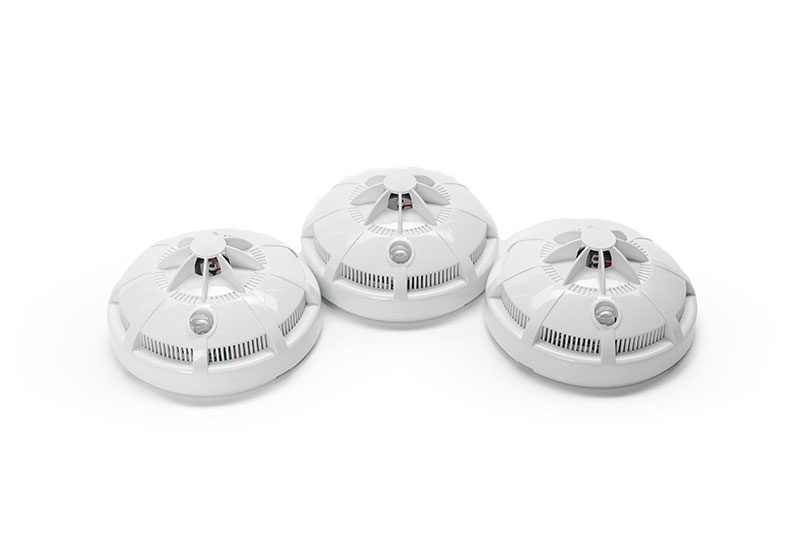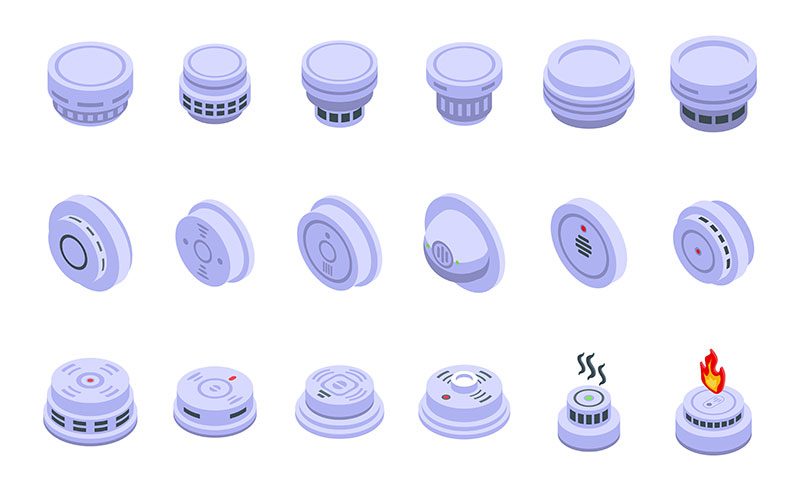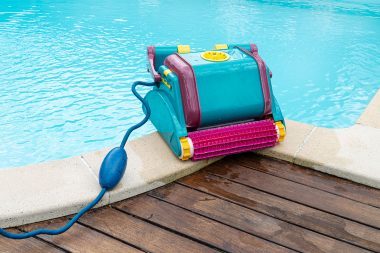Changing batteries: Why is there a random beep in my house?
Top blog articles
If you’re hearing a random beep in your home but can’t locate the source, don’t worry! Many homeowners assume the noise is from a security alarm, but more often, it’s a simple alert for low battery in a device. Typically, smoke detectors and carbon monoxide (CO) detectors are the culprits. This guide helps you identify these beeping noises and understand the steps for addressing them.
What chirping noises mean

The source of these chirping or beeping noises is most often smoke detectors or carbon monoxide detectors. In a majority of homes, there are three possible places where these devices are installed.
- Carbon monoxide detectors and smoke detectors that are ceiling mounted.
- Carbon monoxide detectors that are wall mounted, ceiling mounted or plugged into an electrical outlet.
- Only ceiling mounted smoke detectors.
While the numbers of these devices may vary, most homes are fitted with hard-wired, battery-operated CO detectors as well as smoke detectors in every hallway, bedroom, and living area.
All you need to do is find the source of the noise and replace the batteries.
Find the noise
Honestly, finding out exactly which device is making the noise can get a little frustrating. It may make more sense to simply replace the batteries on all your smoke alarms and CO detectors, especially if it has been a long time since the last battery change.
However, here’s the process you ought to follow.
Finding the device
- Locate all the smoke detectors and CO detectors in your home. Like we mentioned earlier, you’re most likely to find them in your bedrooms, hallways and other living spaces.
- To detach them from the wall or the ceiling, you will need to twist them counter clockwise.
- If the device has been hardwired, you will also need to disconnect the wiring harness from the detector. Remember, the wires are connected to your home’s electrical system, so do not pull the wires out. You only need to disconnect the plug connected to the detector.
- Once you have disconnected a device, take it to another room and see if that is the one making the noise.
- Make a note of which device is being removed from which location. You do not want to get them mixed up.
- Now, you need to see if the dive you disconnected is actually the one making the noise. Sometimes, these devices make beeping sounds every 30 or 60 seconds. This makes it easy to isolate the problematic device. However, some beep only once an hour or so. This can make the process frustrating.
Changing the batteries
- The battery in these devices is located either at the back or on the side under a pull-out tab. If you have your user manual handy, look it up to find out exactly where.
- Replace the batteries and install the device back in its original location. Reattach the wiring harness on hardwired devices.
- You will find a test button in front of the device. Press and hold the button to clear the old battery memory. Once this is done, the device may beep for 10-20 seconds. In some cases, all devices in your home may beep for that duration and then stop. This is how they self test, and is normal.
- If the device does not stop beeping, repeat the process of pressing the test button. If that doesn’t stop the noise, it may be a sign that you need to replace the device altogether.
Replacing the device

Smoke detectors typically last longer than CO detectors, which need replacing every 5–10 years. If a detector keeps beeping even after a battery change, it’s likely time for a new unit. Fortunately, replacement detectors are widely available online, often with installation options.
Other possible causes
You may hear random beeping around your house for a couple of other reasons. For example, if you have a water softener, it may be an indicator that you need to check the salt levels. Some water heaters also beep to warn you of a leak. Battery backup devices for telephones and modems are also known to beep to indicate low batteries.
Bottom line
Random beeping noises can be frustrating, but they’re usually a straightforward alert that a device in your home needs attention, especially smoke and CO detectors. Following these steps to locate and replace the batteries can restore peace and quiet in your home. Remember, it’s always better to check on these alerts and stay safe.










Your opinion matters, leave a comment
Comments
This brings back curious memories. We spent hours looking for a bad smoke detector, and it turned out that my wife had bought and installed more than six broken detectors. In the end we bought new detectors.